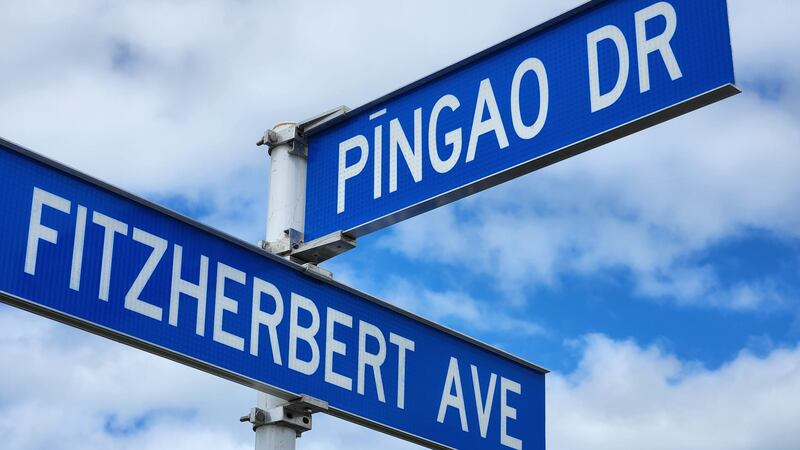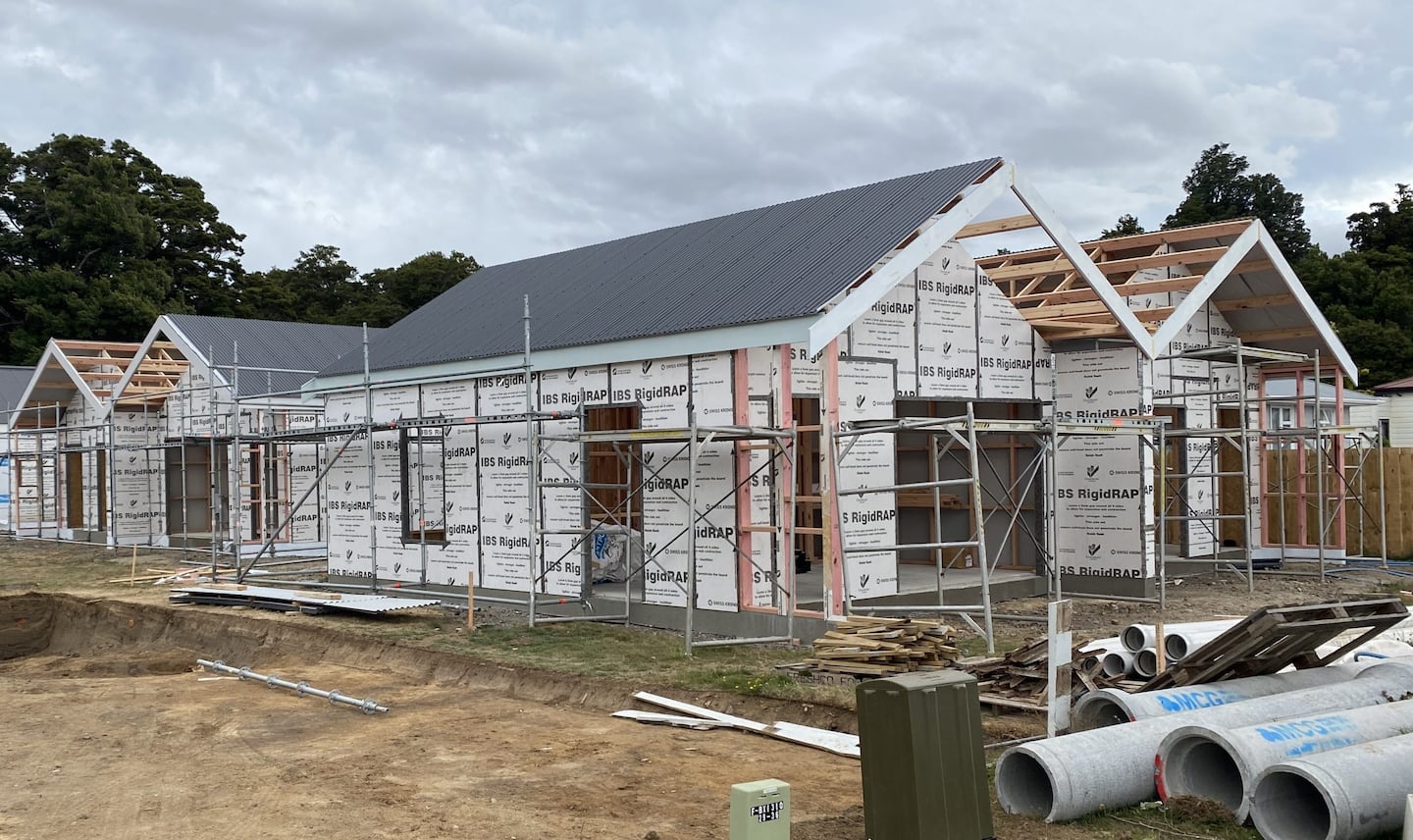Whanganui District Council is moving ahead on a business case for a council-led social housing provider to take on a $300 million social housing proposal.
The council is investigating options for a provider to build 1000 affordable homes over the next decade.
Capital works manager Rosemary Fletcher said population growth means the district will need at least 2000 new homes by 2034. The council’s pensioner housing stock was also ageing and insufficient to keep up with growth.
A feasibility report in 2022 said the council pensioner housing portfolio would grow from 275 units to about 470 units by 2050.
“We’re predicting our population will grow by 4281 over the next 10 years. Our ageing population is expected to grow by 1.8 percent per year,” Fletcher said.
The council was approving around 90 consents per year for new dwellings.
“Even if we round that up to 100, as a district we’re still going to be short of around 1000 homes.
“The mission for a new housing entity would be to contribute to closing this gap.”
The cost of building 1000 new homes was estimated at $300 million, based on a figure of $300,000 per house.
Fletcher said the housing shortfall was identified using data from all sectors related to social housing “in the broadest terms”.
The business case would consider and recommend the type of entity that could be established to take on the local housing challenge.
“When the entity is formed, its purpose and functions will be based on where it can add value,” Fletcher told Local Democracy Reporting.
“Potentially it will work to help find solutions to a range of housing issues, which could include social, affordable and older person housing,” Fletcher said.
“Mixed models for location, funding and ownership or tenancy could all be considered through the entity’s various partnerships.
“It is a little bit early to say definitively where the housing will be specifically targeted but we continue to be engaged with a range of interested parties to remain informed.
“Our intention is to continue to work closely with iwi, agencies such as Kāinga Ora, Health, MSD, developers, and investors who can contribute or have need in this space.”
Community wellbeing manager Lauren Tamehana said Whanganui had significant housing challenges.
“These include high rents, few rental properties available, household incomes below the national average and rising house prices.”

As of June this year, there were 276 people registered with MSD for social housing.
“The council does not have the capacity for this scale of investment, but a standalone entity would allow for a dedicated board with the right capability as well as partnership opportunities,” Tamehana said.
Establishing a separate entity would also protect the council from financial liability and provide access to central government funding.
“It would be able to register and become a Community Housing Provider if needed – and have access to income related rent subsidies for some tenants, operational funding from the Ministry of Housing and Urban Development and potential private equity funding.”
Tamehana said the business case was being developed to align with principles in the council’s housing strategy: “To support good housing for a wide range of households; work in partnership where appropriate; demonstrate local leadership and influence; and future-proof the needs of our people and district.”
The council pensioner housing portfolio would be transferred to the new entity along with vacant zoned land for development and possibly cash as a capital contribution.
KPMG Wellington government and infrastructure director Joey Shannon told the council’s strategy and policy committee the council would need to decide what level of financial contribution it would need to meet the ambition to increase housing.
“The intent is to establish a model that is not reliant on ratepayer subsidy to enable continued operation and growth,” Shannon said.
“There’s a point-in-time commitment that makes the thing viable, and then the council’s done its dash and it is the responsibility of the entity to raise the revenue through rents, government subsidies and development profits.”
As an example, the council’s commitment could be selling land below market value, cash or committing to property renewal.
Whanganui mayor Andrew Tripe said it was great to see the proposal on the council agenda, particularly as Government social housing provider Kāinga Ora had signalled job cuts and a simplified business model “to just managing social housing as opposed to building it”.
“We’re taking the bull by the horns, we’re taking charge,” Tripe said. “It further cements our willingness to take housing to the community and for us to have greater control of that.”
The committee endorsed developing a business case in April. It is expected to be completed by the end of this year. Options will then be presented to the council.
LDR is local body journalism co-funded by RNZ and NZ On Air


